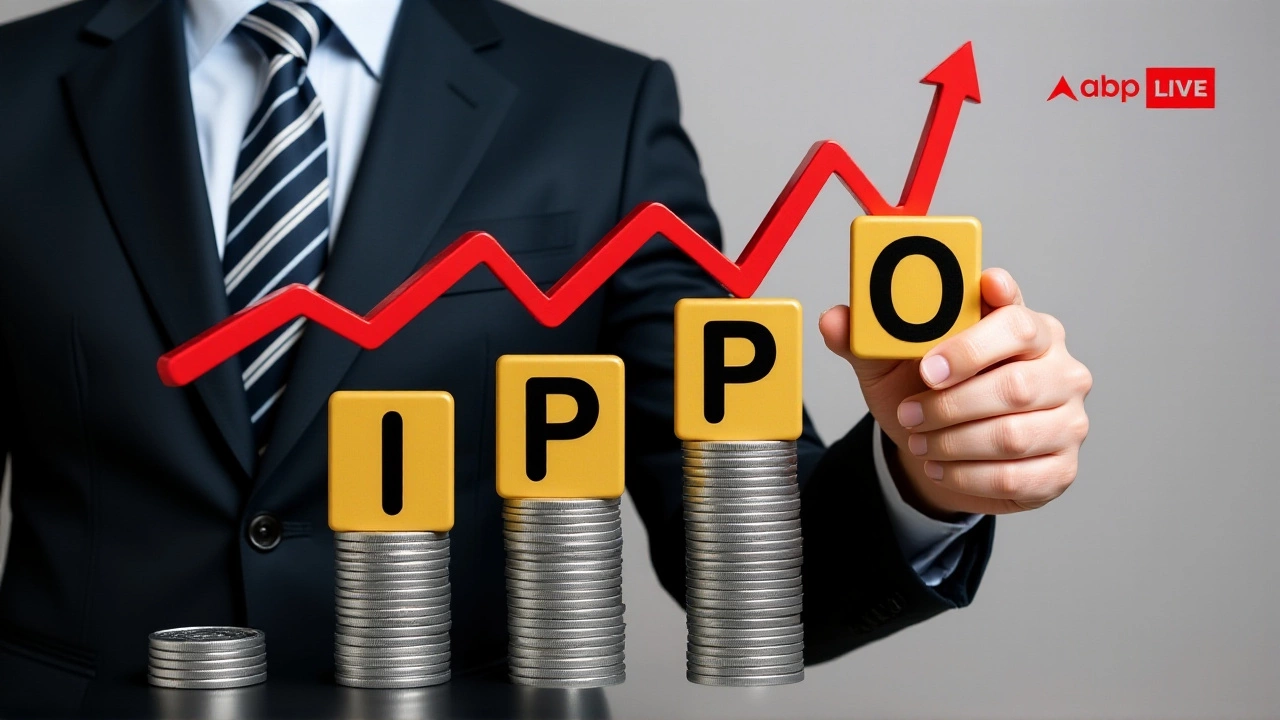Grey Market Premium Explained
When talking about Grey Market Premium, the extra price that shares trade for before an official listing. Also called pre‑IPO markup, it shows how eager investors are and can hint at future demand.
Grey Market Premium is tightly linked to the stock market, the arena where shares are bought and sold. A high premium often means the market expects strong growth, while a low or negative premium can signal caution. The premium also affects the IPO, the first time a company offers its shares to the public price setting process, because underwriters look at the grey market to gauge investor appetite.
Why It Matters for Investors
Understanding Grey Market Premium helps you read price discovery signals. If you see a premium climbing, you might expect a hot subscription period and consider early allocation. Conversely, a dropping premium could warn you to wait for a more reasonable entry. This knowledge also informs how the secondary market, trading after the IPO might behave once the stock is officially listed.
These dynamics aren’t just for tech firms. Commodity spikes, like the 76% silver surge, also create pre‑listing excitement for mining stocks, which then reflect a grey market premium. Sports contracts, social media campaigns, and even construction projects can be influenced by how investors price future cash flows, showing that the premium touches many sectors.
Investor behavior is another key piece. Greed, fear, and herd mentality all drive the premium up or down. A group of traders spotting a strong demand for a new cricket franchise’s shares might push the premium higher, just as a social media hack tool like Buffer can amplify buzz, indirectly affecting market sentiment.
Regulators keep an eye on grey market activity because it can hint at information leaks or unfair advantage. When a premium spikes unexpectedly, it may signal insider interest or speculative frenzy, prompting oversight to protect retail investors.
Practical steps? Track reputable grey market platforms, compare the premium to historical averages, and watch related news—commodity price moves, sports sponsorship deals, or major policy announcements. Combining these clues gives a clearer picture than looking at the premium alone.
In real life, you’ll see how the concept plays out across the posts below: from a silver price rally that fuels mining stock premiums, to a viral car stunt that boosts auto‑sector hype, to a new social media hack guide that can shift advertising spend and affect tech stock valuations. Each example shows the ripple effect of market sentiment on pricing.
So, whether you’re a seasoned trader, a first‑time investor, or just curious about how pre‑listing hype works, the collection ahead will illustrate the many angles of Grey Market Premium. Keep reading to see concrete cases, practical tips, and diverse perspectives that bring the theory to life.

Midwest Ltd IPO Soars 10% on Listing, Grey Market Premium Hits ₹115
- Date: 25 Oct 2025
- Categories:
- Author: Aarav Khatri
Midwest Ltd's IPO raised ₹451.1 crore, listing at a 9% premium with a ₹115 grey‑market premium, underscoring strong investor demand and growth prospects.




